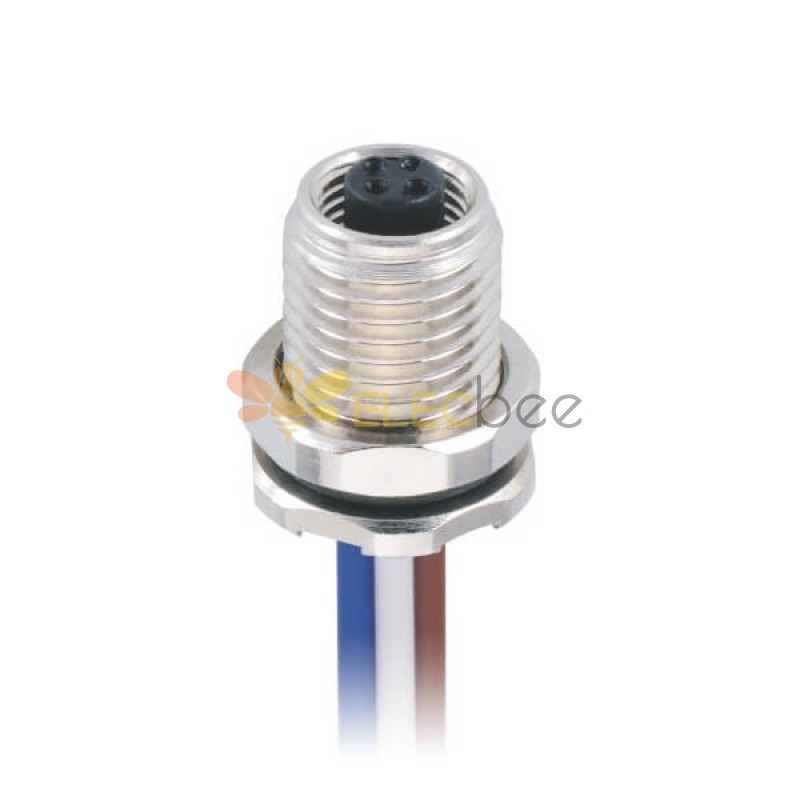What is the contact resistance of M5 connectors?
M5 connectors are commonly used in industrial and automation applications for their compact size, durability, and high level of electrical performance. One of the important factors to consider when choosing an M5 connector is its contact resistance.
Contact resistance is the electrical resistance between two metal surfaces that are in contact with each other. In the context of connectors, it refers to the resistance between the male and female connector pins. High contact resistance can cause problems such as voltage drop, heat generation, and even failure of the connection.
For M5 connectors, the contact resistance is typically measured in milliohms. The ideal value of contact resistance depends on the specific application, but a common benchmark is a resistance of less than 20 milliohms.
To ensure low contact resistance, M5 connectors are typically made with high-quality materials and a precise manufacturing process. For example, some connectors use gold-plated pins for their excellent conductivity and resistance to corrosion. Other connectors may use a spring mechanism to ensure a secure and stable connection.
In conclusion, the contact resistance of M5 connectors is an important factor to consider when choosing the right connector for a specific application. A low contact resistance ensures stable and reliable connections, while a high contact resistance can cause problems such as voltage drop and heat generation. When choosing an M5 connector, it is important to consider the contact resistance and choose a connector that meets the specific requirements of the application.

Comments
Post a Comment